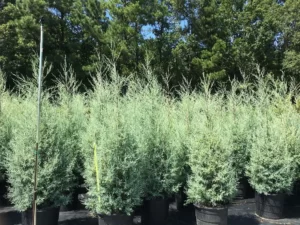Pleiospilos Nelii: Split Rock Succulent. Split Rock succulent is a showy bloom larger than their size exotic plant. They are now a choice of priced ornamental pieces in homes. The Split Rock succulent is a native of South Africa. Its natural habitat is dry arid and semi-arid areas.
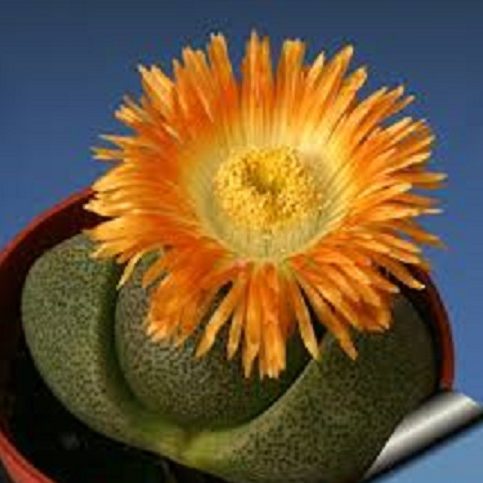
What is Pleiospilos Nelii or Split Rock Succulent?
Pleiopilos Nelii is a dwarf succulent and it is a stemless plant that closely has similarities like the split stones. It has a spotted appearance, shape, and size.
During the winter months, the pair of leaves will splits open to make open way to new leaves. During the summer months when it’s warm, the leaves turn its color from greyish green to reddish.
If this succulent is grown correctly, the succulents should only ever have 1 to 2 sets of leaves. Every year a new set of leaves grows up through the center. This will replace the ones from last year. If you see the Split Rock succulent has too many leaves, they are stacking.
Flowers of Split Rock succulent
Its flowers will bloom at a diameter of 60 mm, with yellow or salmon color during the months of July to August. When the flowers wither, the color of the flowers turns to orange.
The maximum number of flowers are four between the leaves. The fragrant flowers open in the mid-afternoon. The capsules open when wet and will release the tiny seeds.
Alternates name of Pleiospilos Nelii
There are alternates names of Pleiospilos Nelii including Split Rock Plant, Mimicry Plant, Living Rock Cactus, African Living Rock, Pleiospilos nelii “Split Rock”, and Royal Flush Split Rocks.
Soil preparation
This Mimicry Plant is a succulent. As a succulent, it has to be provided with well-draining soil. The plant likes to grow in largely dry soils, so the soil should be close to that.
You have to make sure it does not use soil that is poorly constituted in terms of organic matter. They grow in the wild well without organic matter.
To sort out this problem, you can add sand and pebbles so that the soil can dry out. The minimum diameter of pot for Split Rock plant must be at least 5 inches deep because of the plant need to flex that taproot a bit.
Soil for split rocks is a blend of a cactus mix and add extra pumice. The good ratio is 25% cactus mix to 75% pumice. Avoid soil that contains sphagnum peat moss. You can also use a completely mineral mix.
Pot Size
Split Rock succulent has such a long tap root, so the pot size should be at least 3.5 inches to 4 inches deep. Buy a pot that has drainage holes in the bottom.
Do not ever add rocks to the bottom of the pot because it only raises the water table that leads to root rot.
Climate
The Mimicry Plant or Split Rock succulent can be grown as an outdoor for decoration in warmer areas. But you can always grow the Split Rock plant in a container so that you can bring it inside as temperatures get cooler.
It does not withstand cold weather because it is a tropical plant and colder temperature which takes a toll on its general health.
Light
Split Rocks succulent value those sun rays, they are enjoying the full sun. But if there is no sunlight, partial shade is still fine.
For indoor growth, this Mimicry Plant must be exposed to maximum light to grow and thrive. One spot near a south-facing window is the right condition.
In the summertime, let Pleiospilos Nelii plant to enjoy bright outdoor light but you must protect the plant from a very harsh afternoon full sun.
Watering Split Rocks succulent plant
Before you think about watering the plant, you must remember that the natural habitat of the Split Rock plant is in the driest parts. So watering only needed to be little.
The growing seasons for this succulent are spring and summer, and at this time, it is needed to have a pause between waterings to allow the soil to fully dry out.
Allow the soil to dry completely between waterings. In a hot week of summer and winter, hold backwater. If the old leaves are seen at the end of summer months, it could be the sign of the Split Rocks plant getting too much water
During the winter months, watering should be reduced significantly. You need to just water the Split Rocks plant one time every few weeks is enough. Do not overwater that will cause the leaves to split or, the whole plant to rot and die.
At the end of summer and autumn is wrapping up, you can increase the watering to every once per week. You water only in the spring and early fall when the temperature starts to drop and the shorter days.
How to fertilize the Split Rocks succulent?
You can lightly fertilize the Mimicry plant in late fall. Before doing so, see carefully that your fertilizer does not have a high nitrogen amount. High Nitrogen would stimulate growth fast but the plant could be a soft target for disease.
At the end of the day, these plants do not need fertilizer. But you can plant with a good potting mix for succulent.
How to propagate the Split Rocks succulent?
It is rare that these plants to produce offsets. Commonly, growing from seed is the method of propagation.
Scatter the seed over coarse sand and keep it slightly damp. Hand sow seed in the early spring months. Retain the seedling tray in a bright, but indirect light and warm location.
You have to be patient because it will take a very long time for these plants to sprout.
Soak your seeds for 24 hours and sow them in the sand. Keep it light with not too much sand. Always keep the sand damp throughout the period of germination.
All of these practices should be done during the summer months.
You can also practice the over seeds method of propagation that is easier and faster. Cut off a leaf from the parent plant in spring before the Split Rock succulent has brought out any new growths. You have to use cutting tools that are sharp, sterilized, and best to have new tools.
The cut part of the Split Rock succulent to hard-skinned before placing the leaf in a well-draining mix to root.
Pest and Problems of the Split Rock Plants
The Mimicry Plant is resistant to pest and disease attacks. You don’t have to worry about buying pesticides or insecticides.
The biggest issue of this succulent is rot. Commonly it happens because of overwatering.
Watch fertilization practice. As mentioned before, do not feed with high-nitrogen fertilizer in late fall that will cost its disease-resistance.
Recommended accesories
Live plant
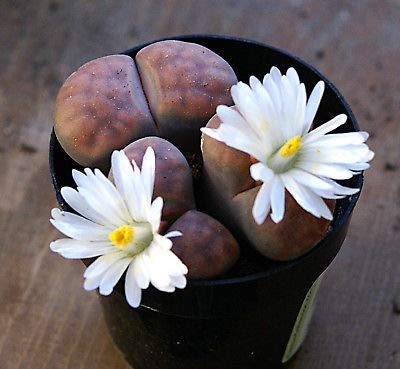
[su_button url=”https://www.amazon.com/Lithops-Mimicry-Plants-Living-Succulents/dp/B07MJ8P9RF/ref=as_li_ss_tl?keywords=mimicry plant live&qid=1577236290&sr=8-11&linkCode=sl1&tag=fery0d-20&linkId=5307b03c23172d5cbb74c07347e181b8&language=en_US” target=”blank” background=”#e5083f” size=”8″ center=”yes” radius=”0″]Check It Out[/su_button]
Mineral mix soil
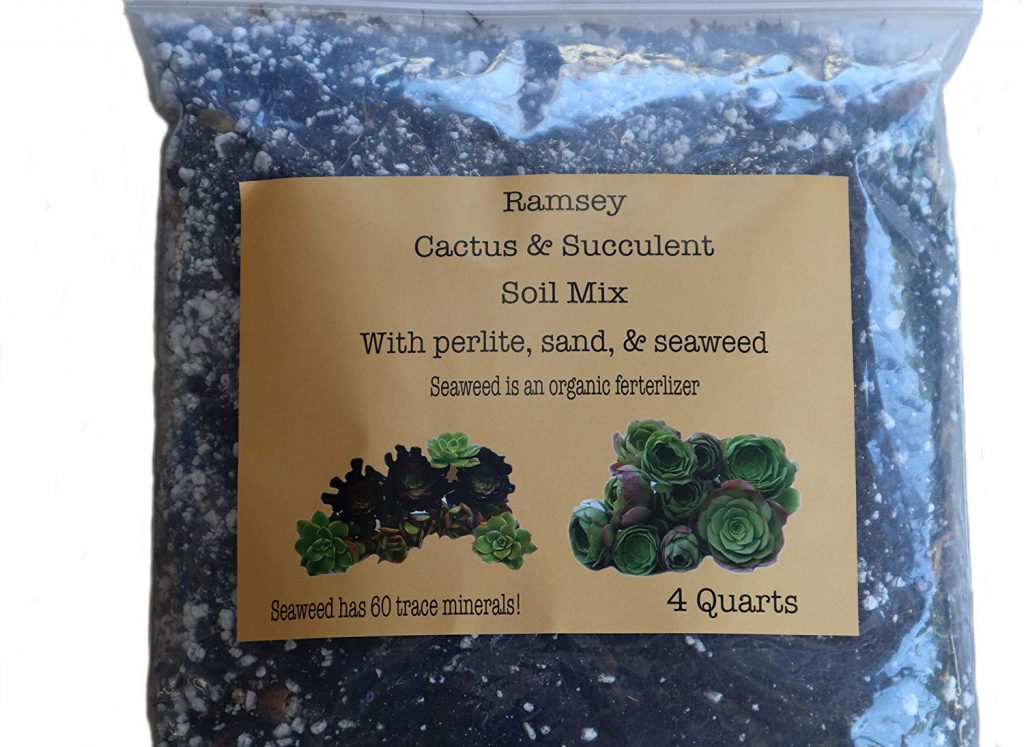
[su_button url=”https://www.amazon.com/Organic-Succulent-Soil-Draining-Pre-Mixed/dp/B07VWSK46Q/ref=as_li_ss_tl?keywords=mineral mix soil&qid=1577236171&sr=8-1&linkCode=sl1&tag=fery0d-20&linkId=918b6dafe5f25cb7e1cb10850854acd1&language=en_US” target=”blank” background=”#e5083f” size=”8″ center=”yes” radius=”0″]Check It Out[/su_button]
Cactus mix
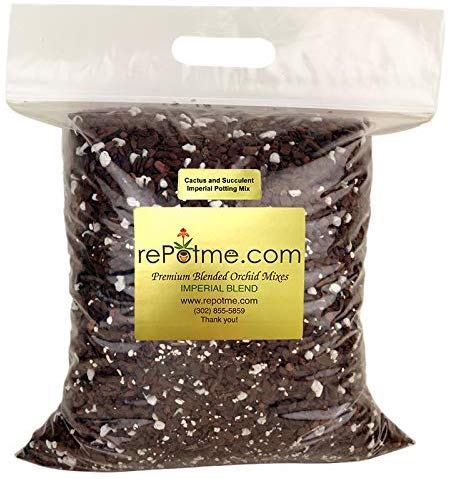
[su_button url=”https://www.amazon.com/Cactus-Succulent-Soil-Mix-rePotme/dp/B07QT9H4TS/ref=as_li_ss_tl?keywords=cactus mix&qid=1577235389&sr=8-4&linkCode=sl1&tag=fery0d-20&linkId=c1cc50b0795c52bfb679718f01cf841f&language=en_US” target=”blank” background=”#e5083f” size=”8″ center=”yes” radius=”0″]Check It Out[/su_button]
Pumice soil
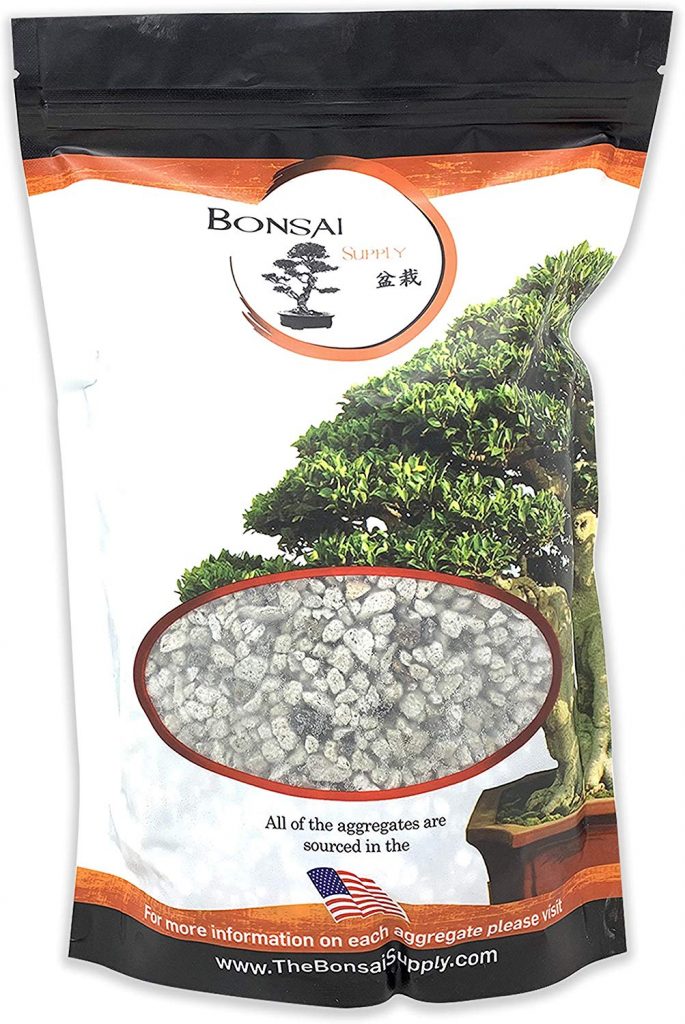
[su_button url=”https://www.amazon.com/Pumice-Bonsai-Tree-Soil-Horticultural/dp/B07MP3HKS4/ref=as_li_ss_tl?ac_md=0-0-cHVtaWNlIHNvaWw=-ac_d_rm&crid=3VJ6YPVXQHZ2N&keywords=pumice soil&pd_rd_i=B07MP3HKS4&pd_rd_r=cded90e9-4a4f-46fa-a3ac-67f3a13fd0d4&pd_rd_w=bNYs0&pd_rd_wg=7fujv&pf_rd_p=6d29ef56-fc35-411a-8a8e-7114f01518f7&pf_rd_r=S8BX8EV2XNS28BF3QCKY&psc=1&qid=1577235516&sprefix=pumice ,aps,412&linkCode=sl1&tag=fery0d-20&linkId=b734bc516210838ca2b88cdf7925b4c5&language=en_US” target=”blank” background=”#e5083f” size=”8″ center=”yes” radius=”0″]Check It Out[/su_button]
Pot
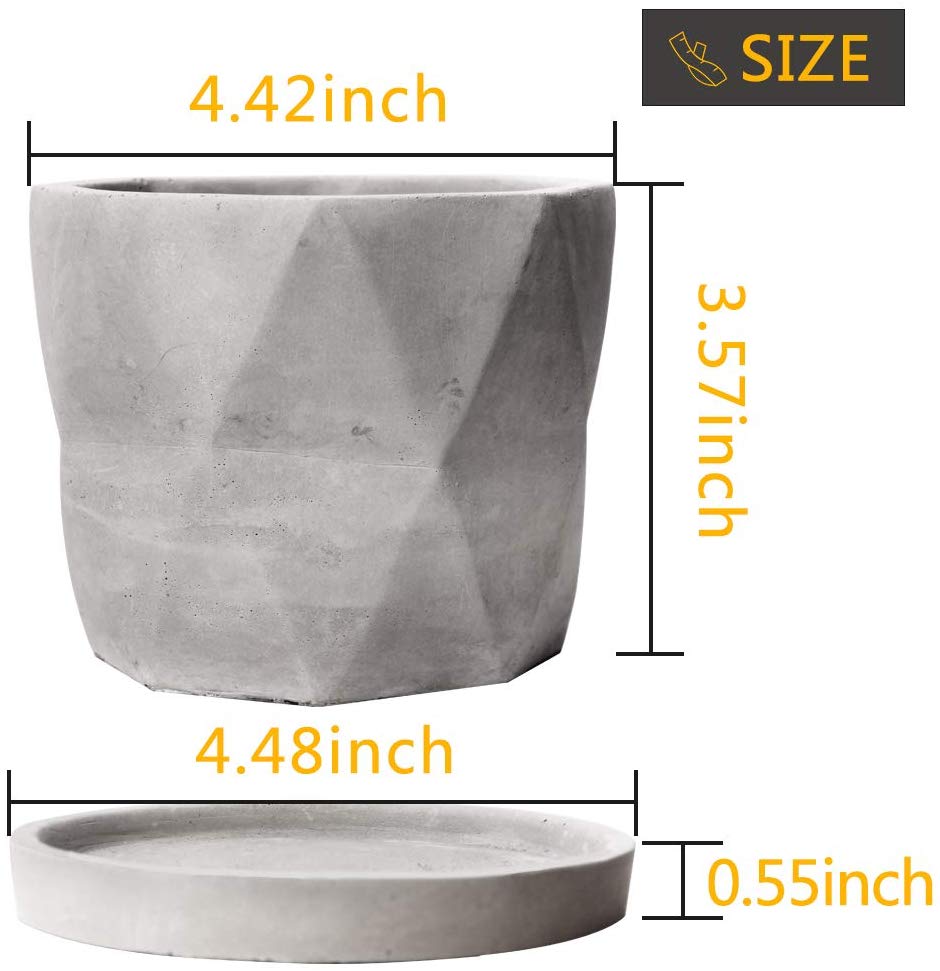
[su_button url=”https://www.amazon.com/Succulent-ZOUTOG-Concrete-Planter-Included/dp/B07PMQB4D6/ref=as_li_ss_tl?crid=LCWJA58DCT58&keywords=4 inch pots for succulent plants&qid=1577235867&sprefix=4 inch pot,aps,366&sr=8-5&linkCode=sl1&tag=fery0d-20&linkId=719508ff759b602e07aa2136ec2867d5&language=en_US” target=”blank” background=”#e5083f” size=”8″ center=”yes” radius=”0″]Check It Out[/su_button]
Hand pruner

[su_button url=”https://www.amazon.com/Felco-Classic-Pruner-Smaller-Hands/dp/B0001IOYX0/ref=as_li_ss_tl?keywords=hand pruner&qid=1577235974&sr=8-5&linkCode=sl1&tag=fery0d-20&linkId=96d9ee50742e6b3086c99f0a3b9089ef&language=en_US” target=”blank” background=”#e5083f” size=”8″ center=”yes” radius=”0″]Check It Out[/su_button]
